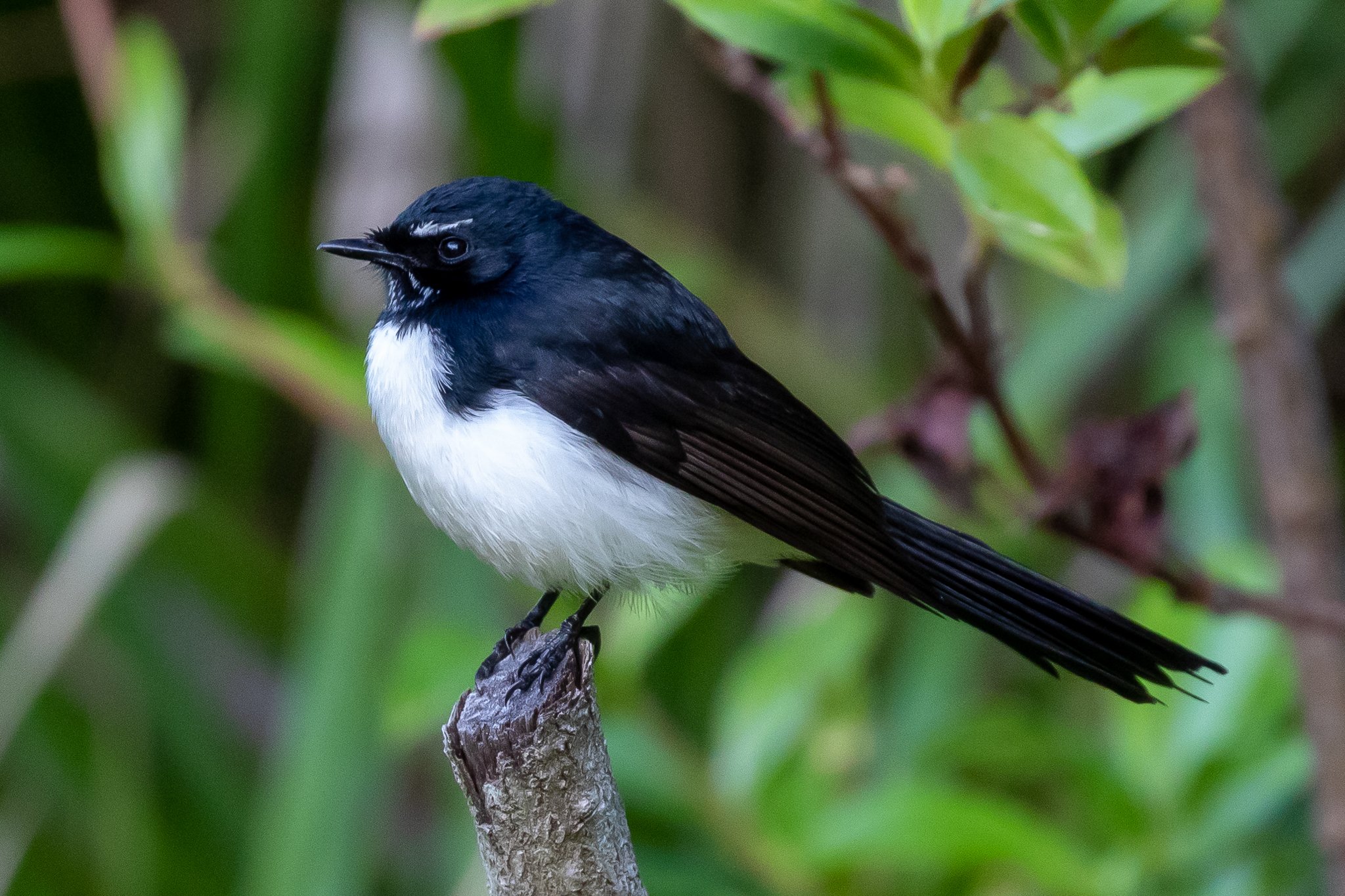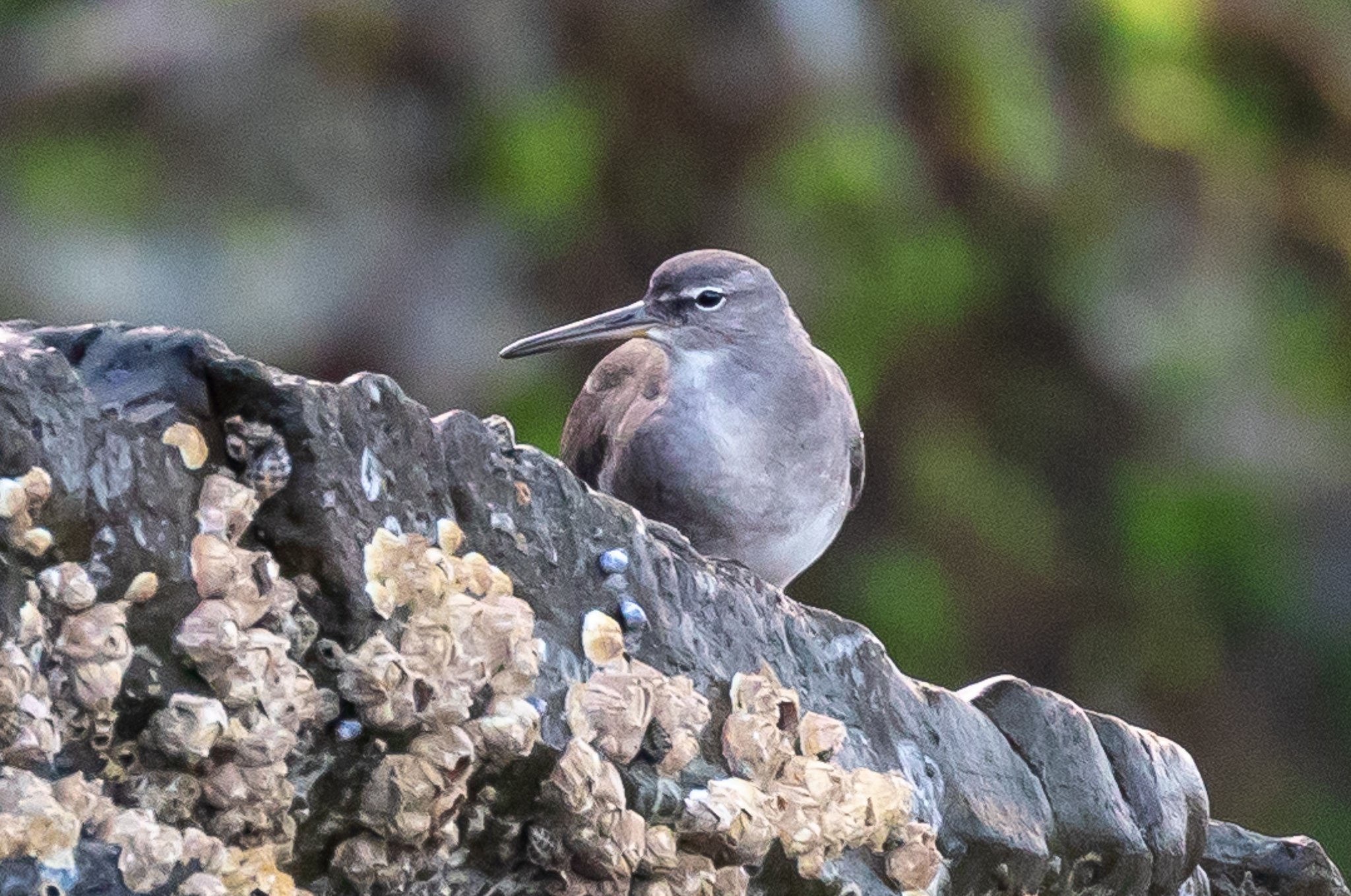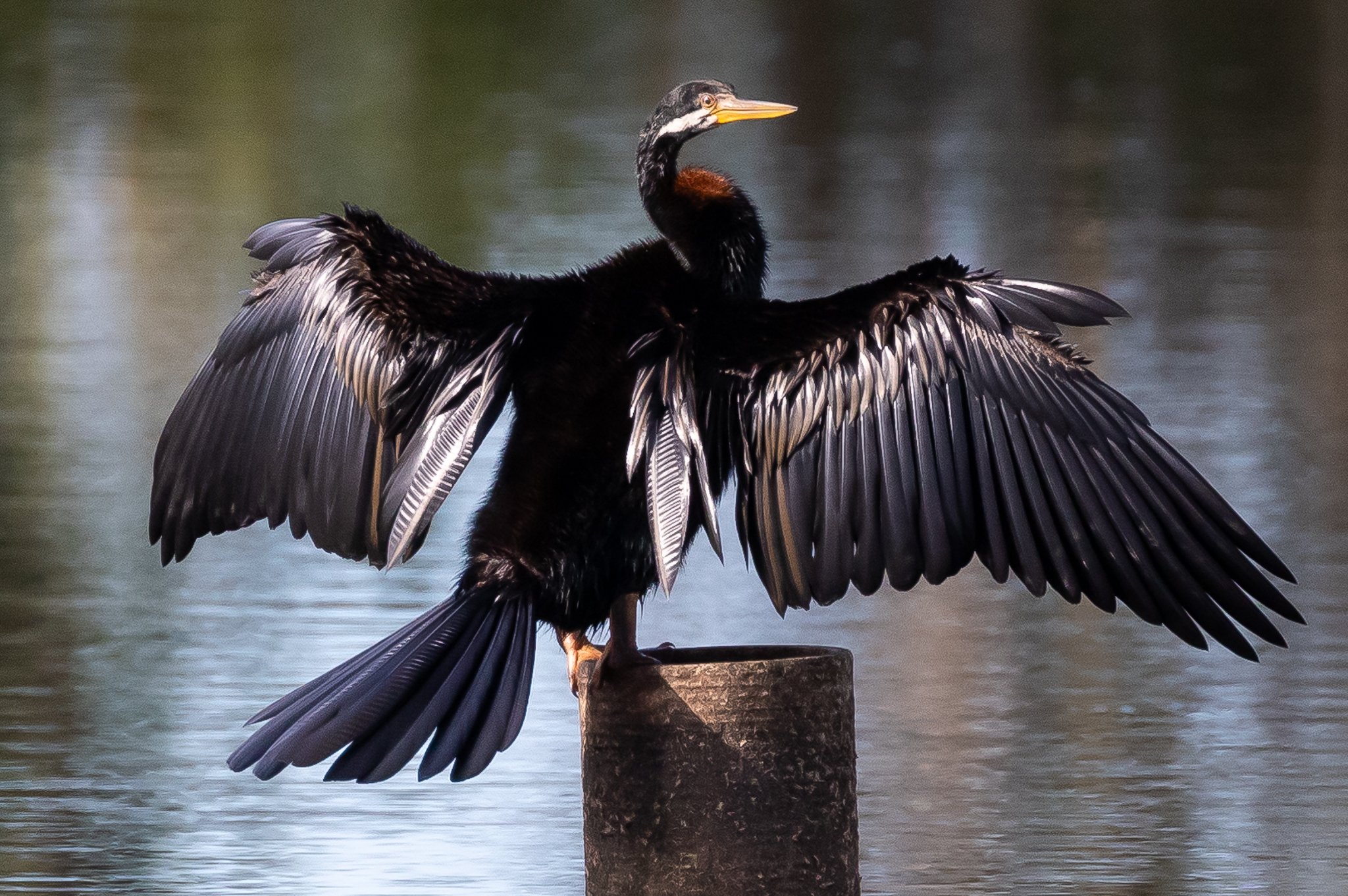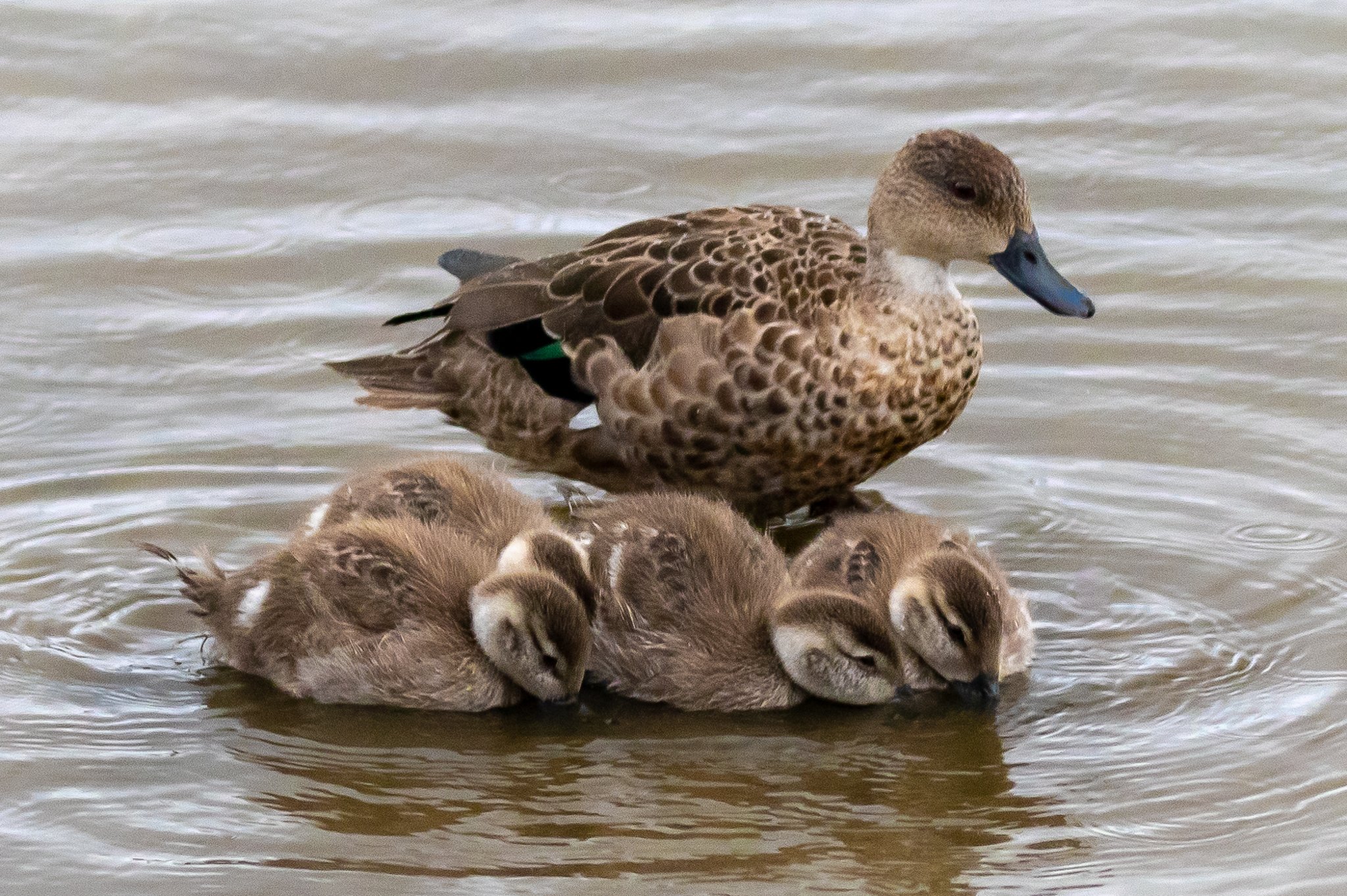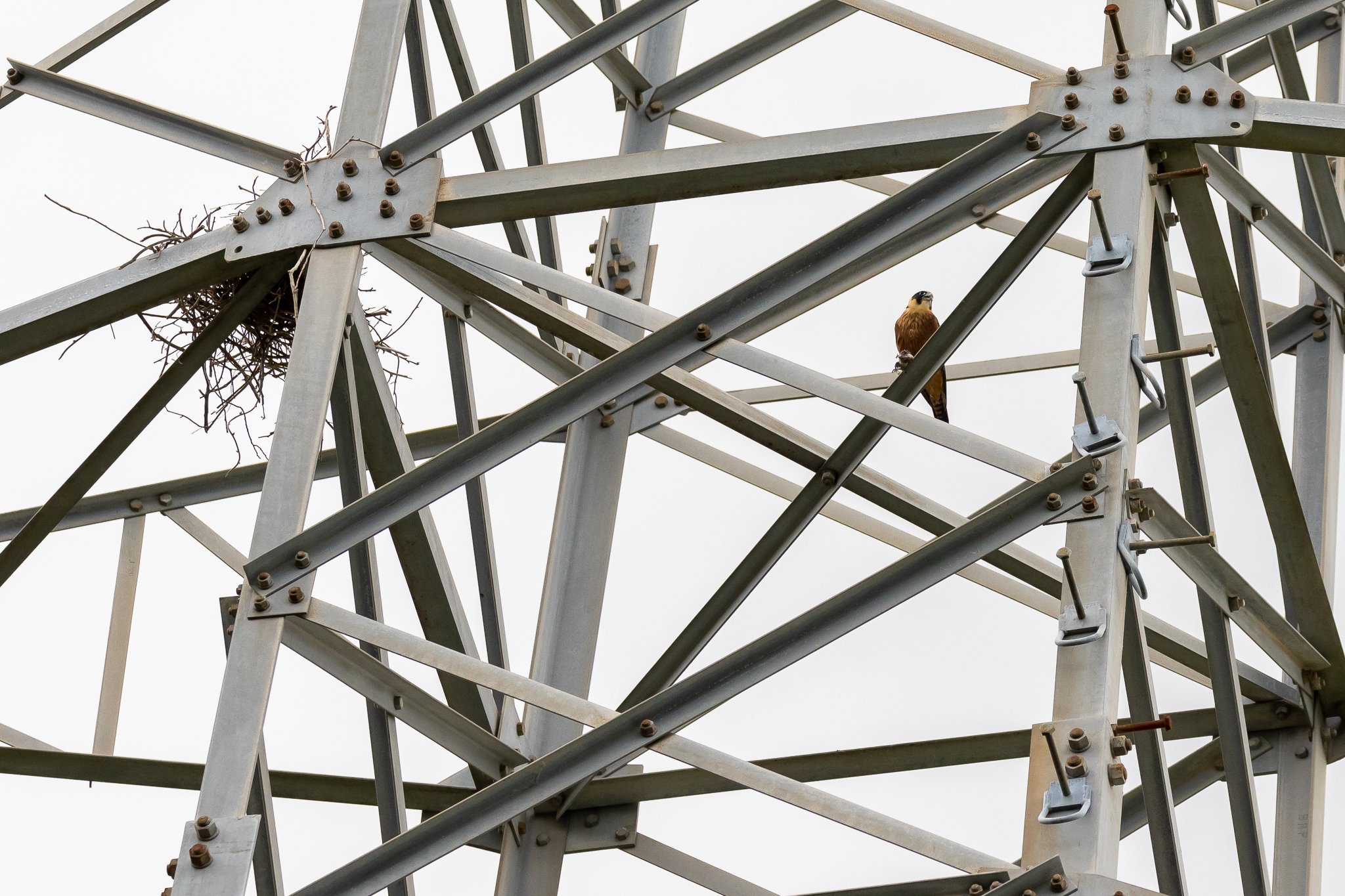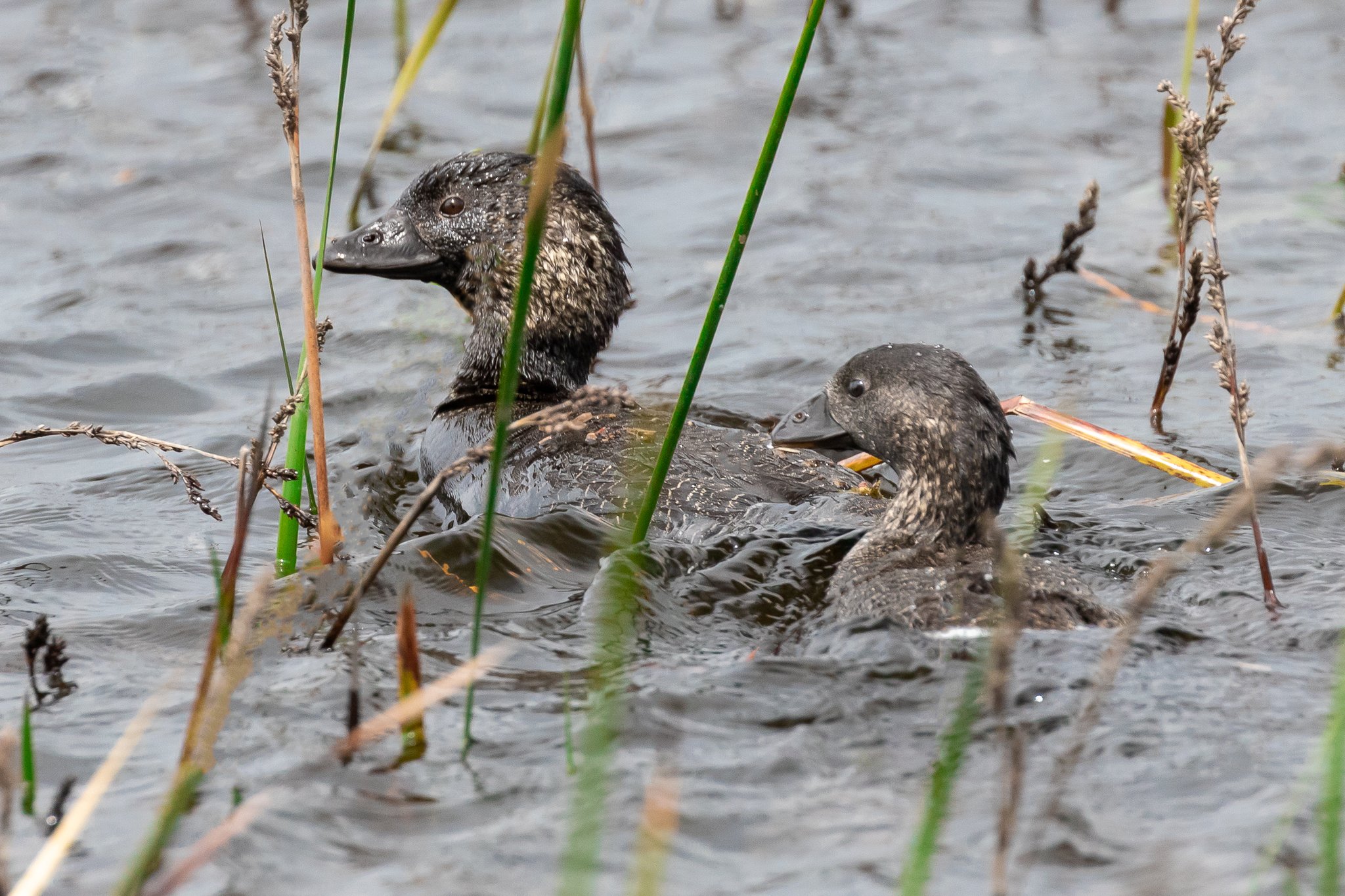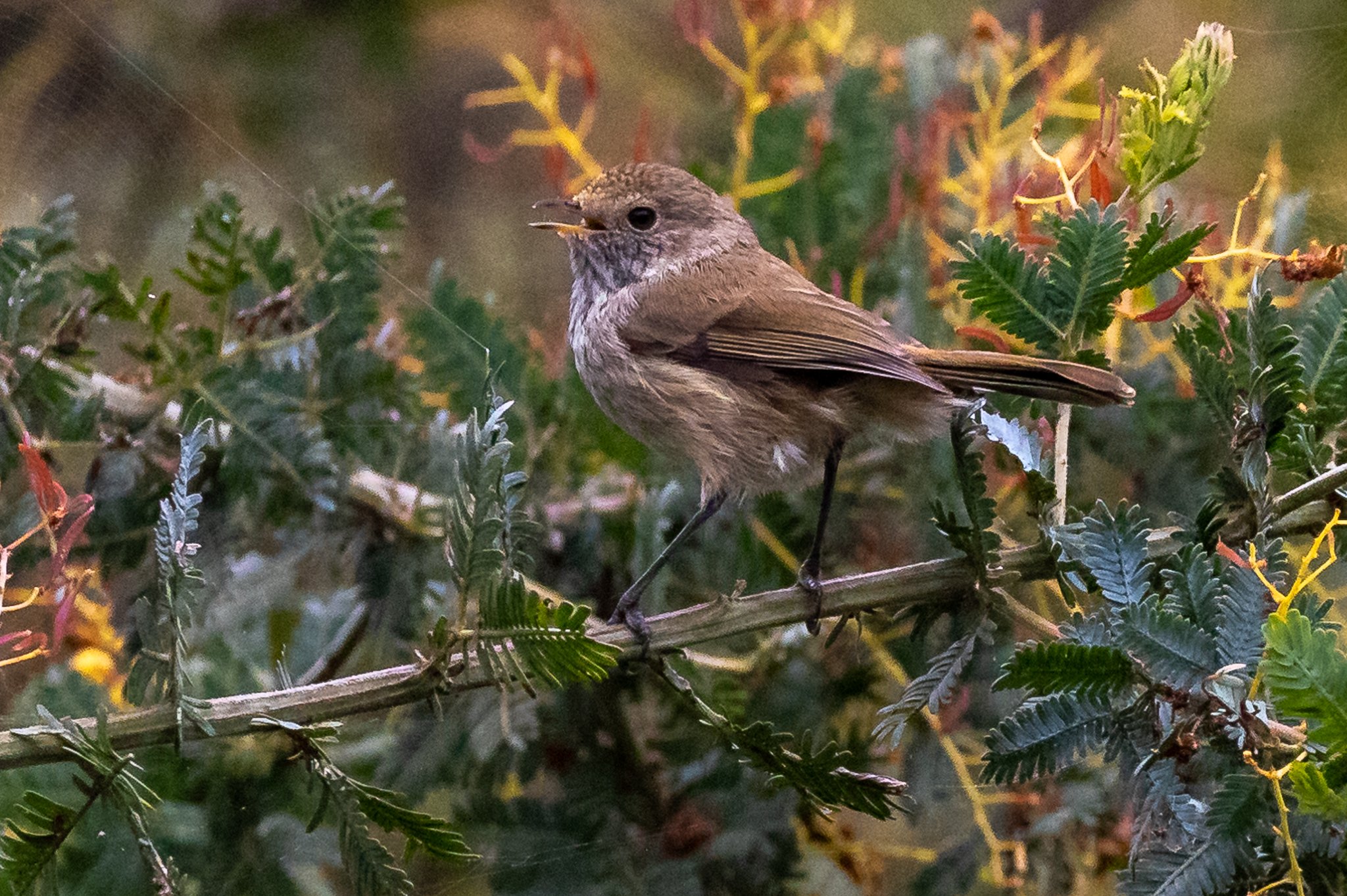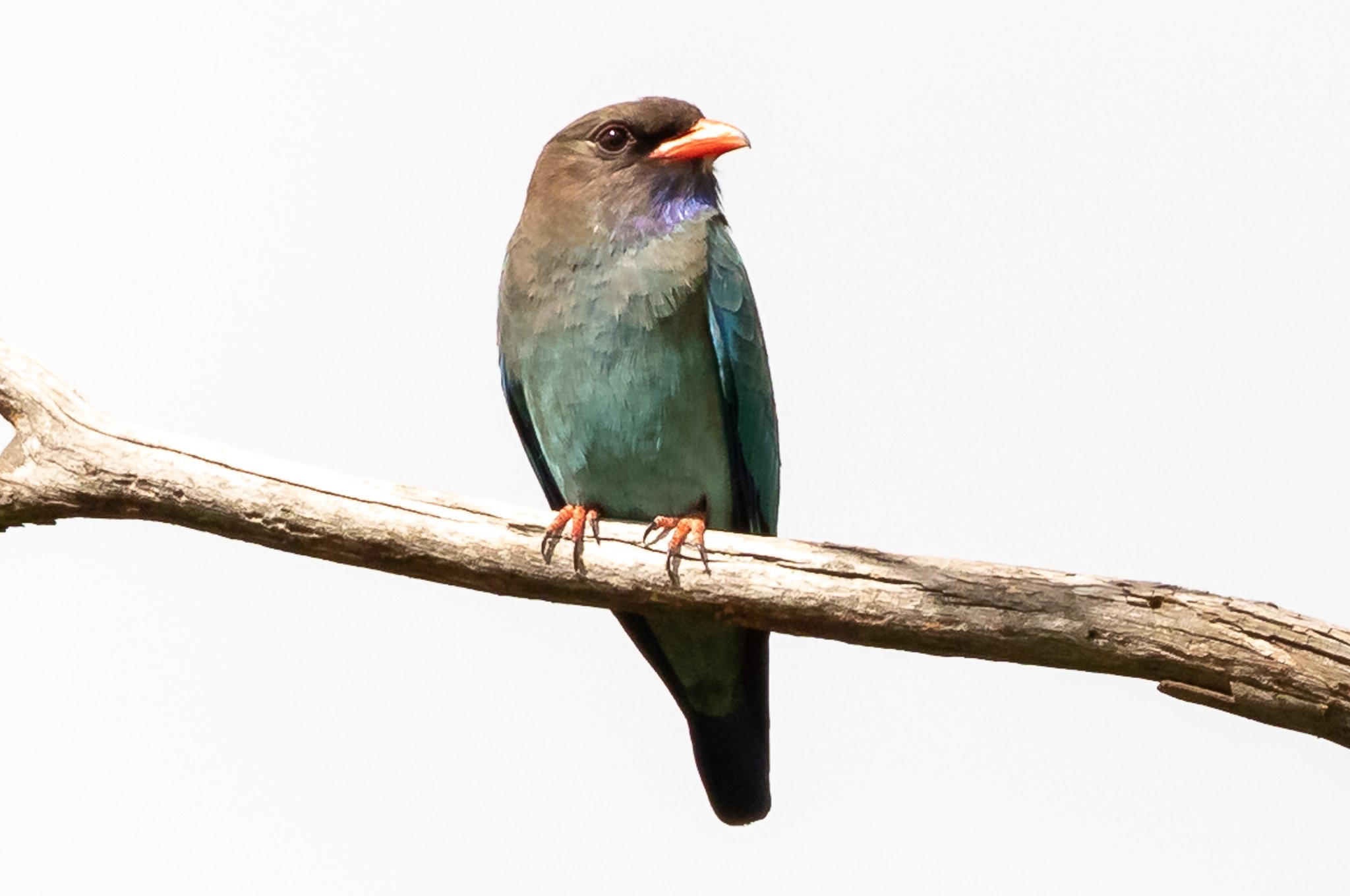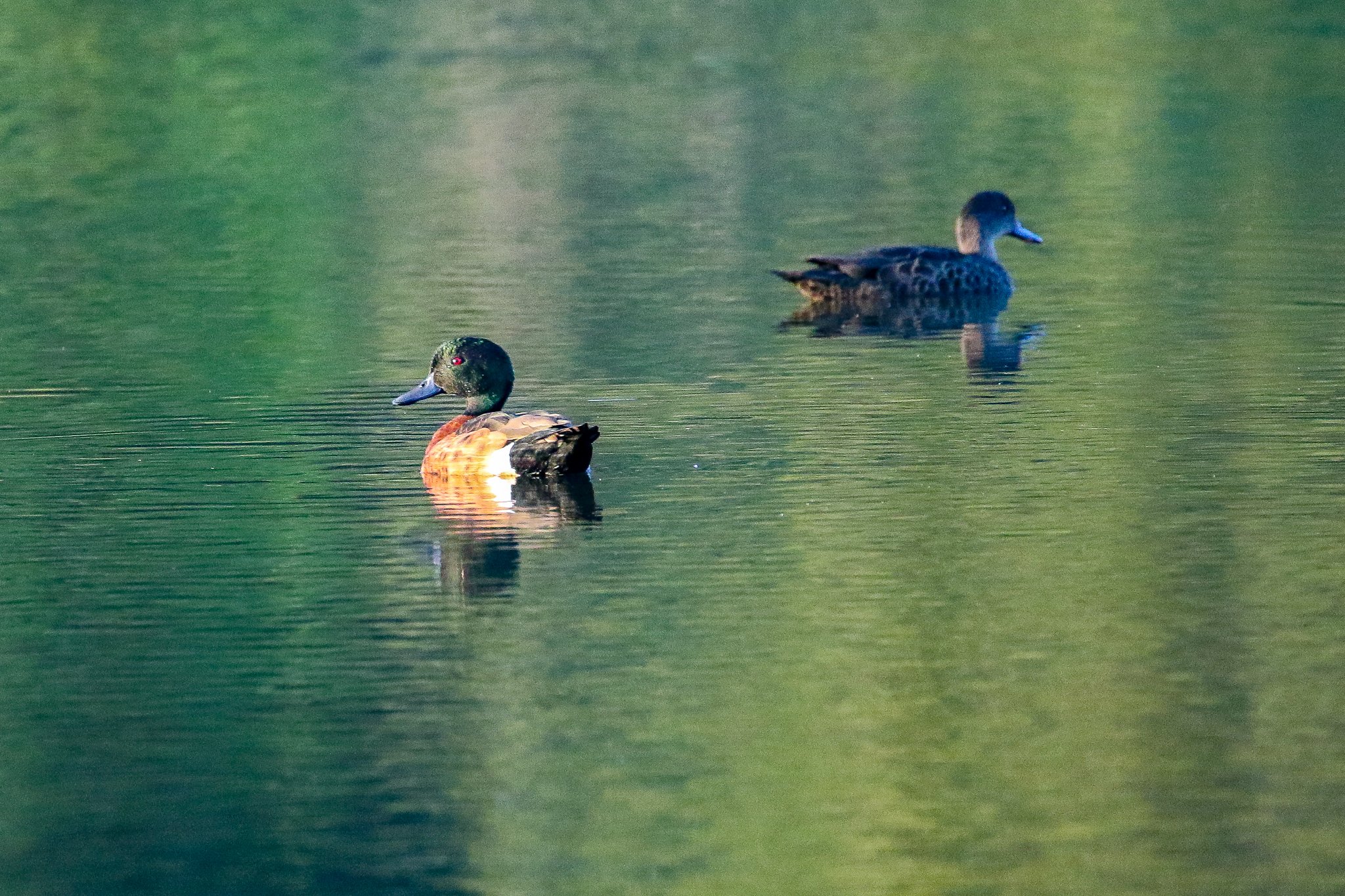Last week’s survey at Byron Bay Wetlands in the New South Wales Northern Rivers region showed the wide range of birds this reserve attached to Byron’s sewerage works attracts. 81 species were counted with representation in a wide variety of bird groups. Raptors included a Grey Goshawk, Whispering Kite, Swamp Harrier and Sea-eagle. Water birds included a Spotless Crake, Glossy Isis, Pink-eared Ducks and Black-fronted Dotterels. Sacred, Forest and Azure Kingfishers were sighted. A highlight was the large number of Little Grassbirds out in the open.
I went back to the wetland two days later to photograph the Spotless Crake seen on the survey. This time there were two more crakes in the reeds nearby.
This Sacred Kingfisher was in the same place two days after the survey on one of the grassy walkways through the melaleuca lined ponds.
There were many Little Grassbirds to be seen on the edges of the larger ponds.
Around a dozen Black-fronted Dotterels were feeding on the mudflats.
This Great Egret lifts for a better view from the top of the tree at the right.

















